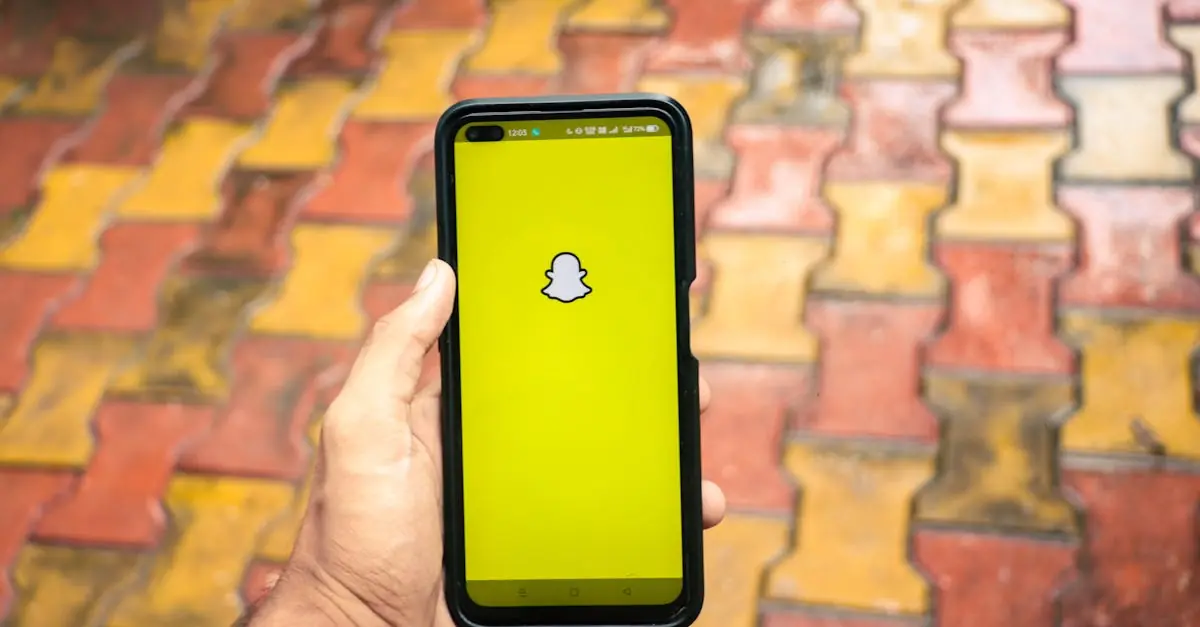In the fast-paced world of social media, the term “viral” gets tossed around like confetti at a New Year’s party. But what does it really mean? Is it just a catchy meme or a dancing cat video that’s taken over your feed? Spoiler alert: there’s more to it than meets the eye.
Table of Contents
ToggleUnderstanding Viral Definition in Social Media
Virality in social media encompasses more than just entertaining content. It involves an understanding of how and why specific posts resonate with audiences, prompting widespread sharing and interaction.
The Concept of Virality
Virality signifies the rapid spread of content across social media platforms. Users often define viral content as engaging, relatable, or informative. Memes, videos, and articles can achieve viral status based on their ability to evoke strong emotional responses. A post reaching thousands of shares or likes within hours exemplifies this. Research indicates that posts with captivating visuals and concise text often perform better, increasing their likelihood of going viral.
The Role of Social Media Platforms
Social media platforms serve as the primary channels for viral content distribution. Algorithms prioritize content based on user engagement, determining what appears on feeds. Facebook, Instagram, Twitter, and TikTok each have unique characteristics that influence virality. For instance, TikTok’s short-form videos tend to go viral quickly due to their shareable format and trending challenges. Understanding platform mechanics is essential for creators aiming for viral success. Additionally, timing and targeting specific audiences enhance the potential for content to gain traction.
Factors That Contribute to Virality
Several factors contribute to the virality of social media content. Understanding these elements is crucial for creators aiming to capture and maintain audience attention.
Content Characteristics
Content must have certain characteristics to go viral. Engaging visuals attract viewers while concise text keeps interest. Relatability in themes allows audiences to connect personally. Current trends drive relevance, making posts feel fresh and timely. Unique or surprising elements capture curiosity, prompting shares. Emotional responses, such as humor or empathy, encourage interactions and further sharing.
Audience Engagement
Audience engagement plays a vital role in content virality. Interactivity encourages users to comment, share, or like posts, expanding reach. Tailoring content to specific demographics can spark conversations and build communities. Encouraging user-generated content fosters a sense of belonging and investment. Timely responses to comments enhance relationships with followers. Consistency in posting keeps audiences invested, anticipating new content. Specific calls to action can increase participation, driving more shares and visibility.
Examples of Viral Content
Viral content can take many forms, showcasing creativity and engagement on social media platforms.
Successful Viral Campaigns
Many brands have launched successful viral campaigns that captured widespread attention. The Ice Bucket Challenge exemplified this, raising over $220 million for ALS research through user-generated videos shared across various social media platforms. Another notable example is Dollar Shave Club’s humorous launch video, which garnered millions of views and significantly boosted subscriptions. Blendtec’s “Will It Blend?” series showcased the effectiveness of their blenders, leading to skyrocketing sales. Engaging audiences through humor or a unique perspective contributed to the virality of these campaigns.
Lessons Learned from Viral Posts
Learning from viral posts can enhance future content strategies. High-quality visuals tend to attract attention, while concise and relatable text engages viewers effectively. Emotional resonance frequently leads to increased shares, as content that evokes humor or empathy grows in popularity. Timing plays a crucial role; posting during peak engagement periods maximizes visibility. Understanding target demographics helps tailor content specifically for the audience. Lastly, encouraging interaction fosters community growth, as users appreciate posts that invite comments and shares.
Implications of Virality in Social Media
Virality in social media has considerable implications for brands and content creators. Understanding these impacts can help in leveraging virality for growth and visibility.
Impact on Brand Awareness
Increased brand awareness results from content going viral. Businesses can experience heightened visibility, leading to wider audience reach. Viral posts often capture attention faster than traditional advertising. Companies enjoy free publicity when users share and discuss their content. Utilizing relatable visuals and engaging text enhances brand recognition. Through successful viral campaigns, brands like Dollar Shave Club saw significant subscriber growth. Effective storytelling often strengthens connections with audiences, reminding them of brand values. Strategies that focus on authenticity can foster lasting relationships with followers.
Challenges and Risks
Virality includes inherent challenges and risks. Expecting consistent results from viral content can lead to disappointment. Rapid sharing sometimes results in misinterpretations or negative backlash. Brands must navigate potential controversies carefully, as one misstep can damage reputation. Maintaining authenticity while chasing virality also poses a challenge. The pressure to replicate success may push creators into inauthentic territory. Additionally, algorithms constantly evolve, making it harder to predict which content will resonate. Understanding market trends becomes essential for minimizing risks associated with virality. Balancing creativity with caution encourages sustainable growth and engagement.
Understanding the dynamics of virality in social media is crucial for anyone looking to create impactful content. It’s not just about crafting a catchy meme or video; it’s about connecting with audiences on a deeper level. By leveraging engaging visuals and relatable messages, creators can enhance their chances of going viral.
The journey to virality involves navigating algorithms and audience preferences. Successful campaigns demonstrate the power of storytelling and emotional resonance. However, it’s essential to remain authentic and aware of the risks that come with viral content. With the right strategies in place, brands and creators can harness the potential of virality to build lasting connections and drive meaningful engagement.



